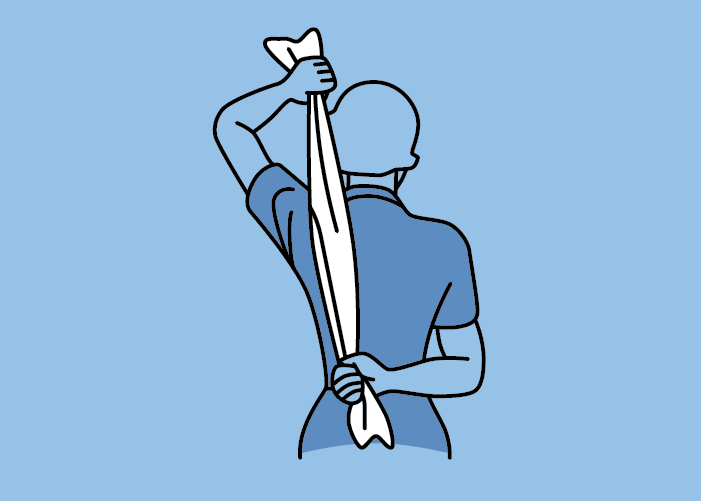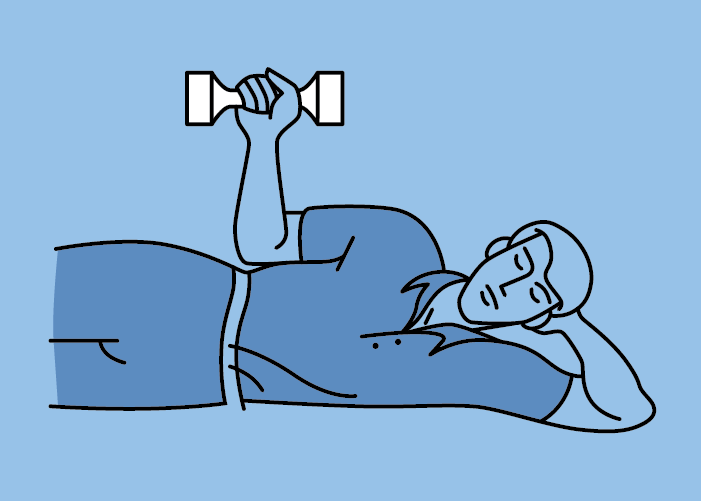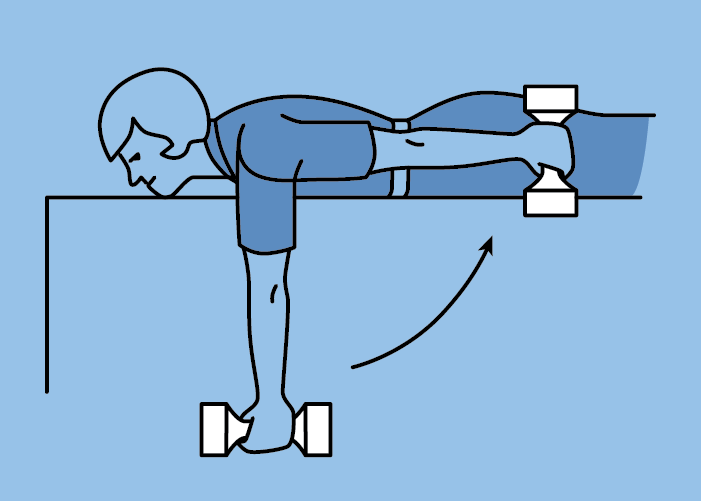
(RxWiki News) The shoulder is a complicated mechanism, with great versatility and a wide range of motion, all of which is why it is so easily injured, and why it pays to protect it.
The shoulder is a complicated mechanism, consisting of three bones:
- Collarbone (clavicle)
- Upper arm bone (humerus)
- Shoulder blade (scapula)
It is your most flexible joint, with a wide range of motion. You can rotate your arm 360 degrees and put your hand almost anywhere in a wide arc. Your shoulder enables you to catch a ball, hit a ball with a racquet or golf club, lift a box, and propel yourself through the water. A trained athlete can throw a ball with enormous speed and accuracy. This versatility and range of motion, and the complex structure it takes to provide them, helps explain why the shoulder is so easily injured?and why it pays to think about protecting it.
The shoulder, in fact, has three joints:
- Between the shoulder blade and collarbone
- Between the collarbone and breastbone (sternum)
- A ball-and-socket joint that holds the upper end of the arm bone
The ball of the arm bone fits into a rather shallow socket (more like a ball on a plate than a ball-and-socket joint), which gives it its great range of motion, and thus must be held in place by the capsule (a tube-like structure) and an array of ligaments, muscles, and tendons. The overlying rotator cuff, composed of four muscles and their tendons, also provides mobility and strength, as well as holding the arm bone in place. Small sacs, called bursae, cushion muscles, bones, and tendons. And cartilage further stabilizes and cushions this complex mechanism. It's a beautiful piece of biological engineering. As with nearly all beautiful pieces of engineering, much can go wrong.
You can get shoulder pain for many reasons.
- You can injure yourself in a fall, for instance.
- You may tear the rotator cuff with repeated golf swings, your tennis serve, or your Australian crawl. Bad techniques in sports increase the risk of injuries.
- Maybe your job or your life requires heavy lifting?perhaps hoisting small or not-so-small children.
- Hairdressers and carpenters are subject to shoulder pain.
- So are do-it-yourselfers who take on a bout of weekend chores.
- Women seem to have more shoulder problems than men, and those over 40 get painful shoulders more often than younger people.
Sometimes shoulder pain can start with no discernible cause. Not only does shoulder pain limit your ability to work, play, and take part in family life, but it often interferes with sleep as well.
Some common problems
- Bursitis: The bursae (cushioning sacs) can get inflamed. It starts as a kind of dull misery.
- Excessive strain, from athletic activities or work, can bring it on.
- Sometimes it is the first sign of arthritis in the shoulder.
- Often there is no evident cause.
- Osteoarthritis: This degenerative condition involves the breakdown of the cartilage that cushions the joints. Pain and reduced range of movement are usually the first signs.
- Tendinitis: Tendons anchor muscle to bone in the shoulder (and elsewhere in the body). Sometimes tendons get inflamed, often following an injury or from overuse, with resulting pain and swelling.
- Rotator cuff injury: Sports or heavy lifting can injure the rotator cuff tendons, which may get thickened and inflamed or even torn.
- If the tendons swell, they may get trapped under the shoulder bone, a condition known as impingement syndrome.
- The bursae can get into the act as well .
- Frozen shoulder: Technically known as adhesive capsulitis, this often strikes women over age 40.
- In fact, 70% of those who get it are women?and no one knows why.
- It is characterized by the loss of range of motion and by pain and stiffness.
- About one-third of those who get one frozen shoulder will get the condition in the opposite shoulder at some point.
Dealing with shoulder pain
The first step is to rest, at least for a day or two. And do what you would do for any muscle ache or pain:
- Take an over-the-counter pain reliever.
- Start with acetaminophen (Tylenol is one brand).
- If that doesn't help, try aspirin, ibuprofen, or naproxen.
- Try icing the shoulder. Then try heat. See what works best.
- A sling to anchor the shoulder may help if movement is really painful.
- Severe pain or discomfort that doesn't get better in a few days is a sign you need medical help?particularly if you don't know why your shoulder hurts.
- Be patient. A shoulder injury often takes many months to heal.
What a doctor can do
Several kinds of imaging tests are used to diagnose shoulder problems, though in some cases a physical exam may be sufficient.
Your doctor may refer you to a physical therapist, who can help you devise an exercise program. Gentle exercises, especially stretching, are usually effective for most kinds of shoulder pain.
In some circumstances, steroid injections may help. But studies of these injections for frozen shoulder have had conflicting results. Pain relievers (your doctor may prescribe stronger types or doses) and physical therapy are worth trying first.
In advanced cases of rotator cuff injury or frozen shoulder, surgery may be an option. Consider it only if more conservative treatments?such as physical therapy and exercise?have failed. Acupuncture may be worthwhile. A small study by Norwegian researchers showed some benefit.
The exercises below can help prevent shoulder pain, as well as promote healing. If you play golf or tennis, swim, or do a lot of lifting or overhead activities, it's a good idea to do some shoulder conditioning before any trouble starts. If you injure your shoulder in a sport, get tips from an instructor before you resume playing.
Shoulder stretch

- Grasp a towel behind your back, with one arm behind you and the other arm raised over your shoulder.
- Pull the towel with the upper hand, but not to the point of discomfort.
- Hold for 10 seconds, repeat several times, then switch arms.
Shoulder strengthener

- Lie on your side, supporting your head.
- Holding a light weight, bend your arm at a 90° angle and position your forearm parallel to the floor.
- Keeping your elbow against your side, raise the weight, then lower it forward. Repeat 10 times.
- Then switch sides.
Shoulder strengthener 2

- Lie on a table or bed, with one arm hanging down.
- Hold a light weight, and with the palm facing outward, raise the arm straight back. Hold for 2 seconds, then lower slowly, and repeat 10 times.
- Then switch sides.
- Variation: rotate the hand inward and lift the weight forward, parallel to the floor; hold, lower, and repeat.
Conditions:
Muscular Dystrophy Neuromuscular Disease
Citation:
© 2023 Owned by or licensed from The Regents of the University of California